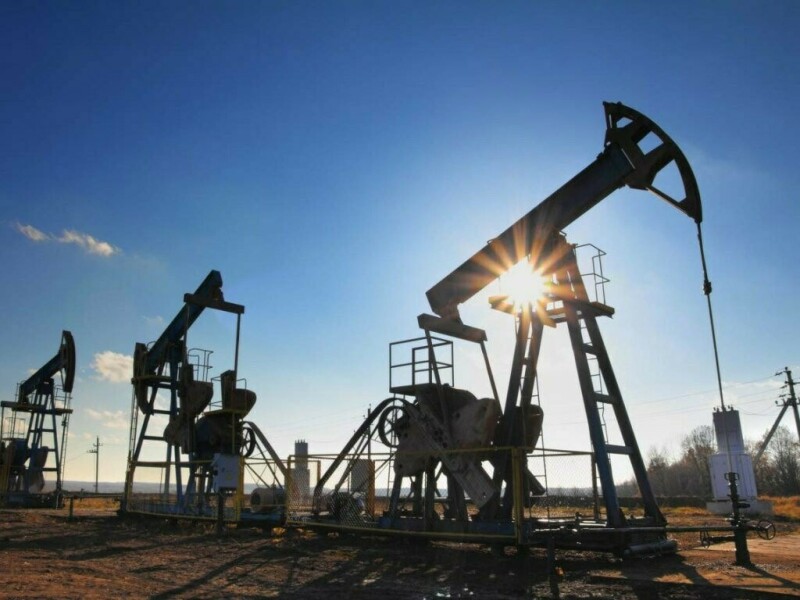Oil Prices Fluctuate Ahead of Key Policy Decisions
Key Highlights :

Oil prices traded up on Tuesday as bargain hunters moved in to take advantage of the previous day’s plunge, but gains were limited as investors remained cautious ahead of key policy decisions by the US Federal Reserve and other central banks. Brent crude futures climbed 52 cents, or 0.7%, to $72.34 a barrel by 0340 GMT. US West Texas Intermediate (WTI) crude was at $67.47 a barrel, up 35 cents, or 0.5%.
Most market participants expect the US central bank to leave interest rates unchanged at its policy meeting. The Fed’s rate hikes have strengthened the greenback, making dollar-denominated commodities more expensive for holders of other currencies and weighing on prices. The European Central Bank is expected to hike interest rates by another quarter percentage point on Thursday to tame stubborn inflation. But the Bank of Japan, which will announce its plan on Friday, is expected to maintain its ultra-loose policy.
Analysts highlighted rising global supplies and concerns about demand growth just ahead of key inflation data and a two-day Fed monetary policy meeting concluding on Wednesday. In China, disappointing economic data last week raised concerns about demand growth in the world’s largest crude importer, offsetting a boost in prices from Saudi Arabia’s pledge to cut an extra 1 million barrels per day of production in July.
Tatsufumi Okoshi, a senior economist at Nomura Securities, said that some investors looked for bargains after the previous day’s heavy selling while others held back their positions with speculation that Saudi Arabia may cut production additionally. Oil prices could fall further because of China’s faltering economic recovery, he added, predicting WTI would trade in the range of $62.50 to $75 a barrel during the summer, but mainly below $70 a barrel.
The market is also waiting for demand outlooks from Organization of Petroleum Exporting Countries (OPEC) and the International Energy Agency (IEA), due later on Tuesday. National Australia Bank analysts said that in their view, the latest fall in oil prices increases the probability Saudi Arabia will at least extend supply cuts currently in place for July. “On this basis, market speculation on the potential for further supply cuts at the next OPEC meeting is likely to drive oil price volatility.” Saudi Arabia last week said it would cut its July output by 1 million barrels per day (bpd) to 9 million bpd, its biggest reduction in years, in a move to boost prices.
